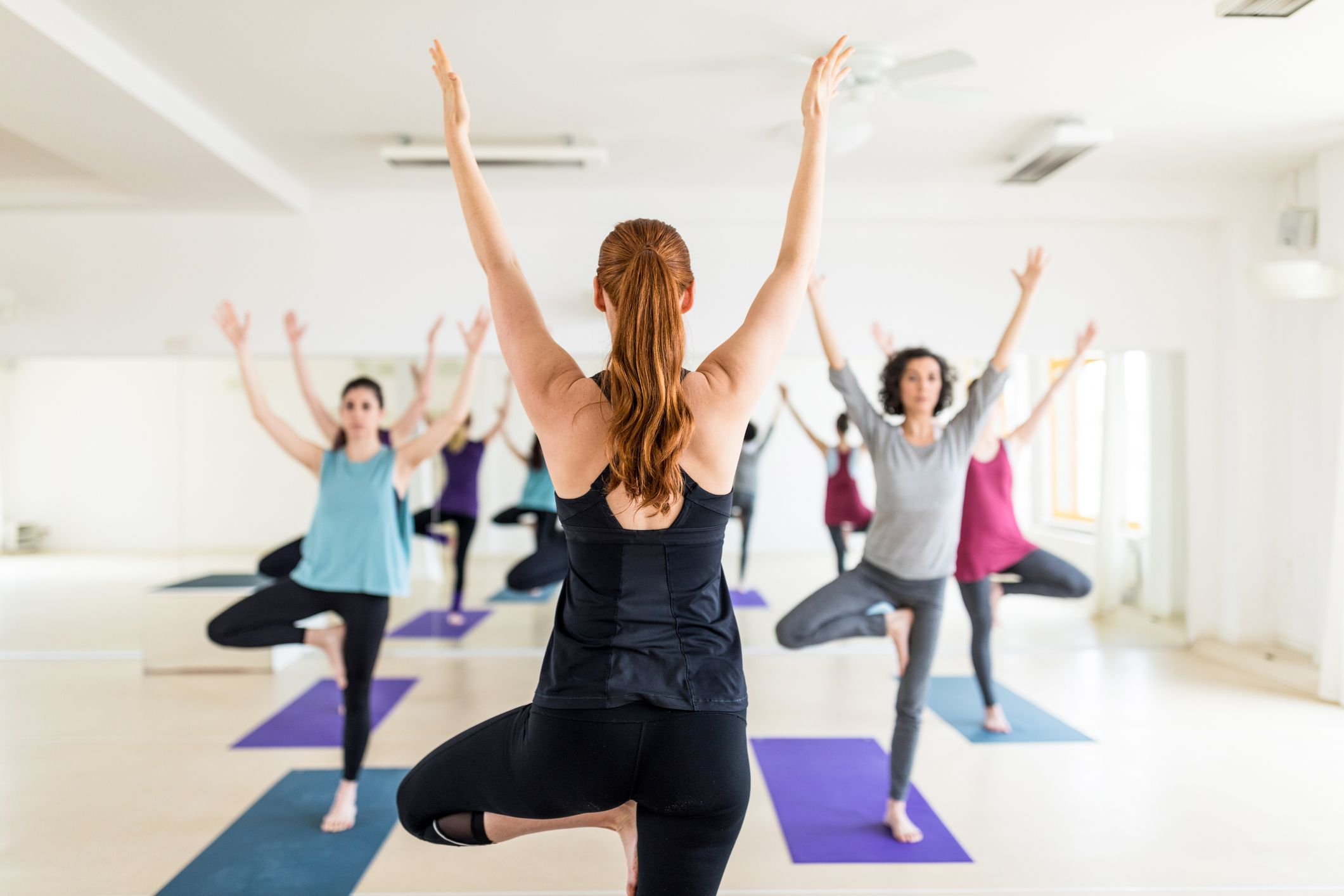Patients might considerably benefit from frequent exercise, both physically and mentally. It can develop bones and muscles, increase heart health and boost immunity. Exercise can also lessen the risk of developing chronic diseases including cancer, diabetes, and heart disease.
Exercise has also been demonstrated to promote mental health, lessen sentiments of stress and depression, and increase cognitive abilities. In summary, exercise can help manage weight, minimize the likelihood of acquiring chronic diseases such as diabetes and high blood pressure, and increase general well-being.
In addition to its physical benefits, exercise can improve mental health by reducing symptoms of stress, worry, and depression. Patients should incorporate exercise into their daily routine to maintain their overall health and quality of life.
Why Do Patients Need to Exercise?
Exercise is suggested for patients since it delivers several health benefits. The benefits of exercise include:
Better Heart Health
Exercise can help lower blood pressure and cholesterol levels and strengthen the heart and lungs. It can minimize the risk of cardiovascular disorders like heart disease and stroke.
Manageable Weight
Exercise can help burn calories and develop muscle mass, which can help control weight. Obesity contributes greatly to the probability of acquiring several chronic conditions, including heart disease, stroke, type 2 diabetes, and various types of cancer.
Better Blood Sugar Management
People with type 2 diabetes can improve their blood sugar management by exercising. It can minimize the chance of developing diabetes complications such as heart disease, stroke, and kidney damage.
Strengthen Muscles and Bones
Exercise can help strengthen muscles and bones, minimizing the risk of falls and broken bones. This is crucial for older persons, as they are more prone to experience these difficulties.
Exercise can help raise morale and reduce stress levels. It may aid persons with depression, anxiety, and other mental health concerns.
The Best Exercises For Persons with High Blood Pressure, Diabetes, and Thyroid Problems
Walking
Walking is one of the finest low-impact workouts for those with diabetes and high blood pressure because it can be done anytime.
It can help manage blood sugar, decrease blood pressure, and enhance circulation. Start with small walks and progressively increase to longer quicker distances.
Swimming
Swimming is another low-impact sport that can benefit persons with diabetes and high blood pressure. It helps enhance blood flow, lower blood pressure, and manage blood sugar.
Gradually increase the time of your walks, starting with 20 to 30 minutes each day. Swimming is a terrific way to tone muscles, improve cardiovascular health, and relax joints. In addition, it helps lower blood pressure and manage blood sugar. Start swimming 20 to 30 minutes twice a week, then gradually increase the duration.
Cycling
Bicycling is another low-impact sport that helps promote heart health and minimize the risk of heart disease. It’s a wonderful method for lowering body fat and regulating blood sugar. After sedentary riding, outdoor cycling should be introduced gradually.
Muscular Exercises
Exercises that enhance metabolism, lower blood sugar, and help build muscle include resistance exercise with weights or resistance bands. In addition, it helps increase bone density and minimizes the risk of osteoporosis.
Start cautiously and gradually increase the weight. It increases muscular growth, which benefits everyone except patients with chronic illnesses like osteoporosis or sarcopenia. Weightlifting, training with resistance bands, and bodyweight exercises are a few examples of strength-training activities.
Yoga
yoga is a low-impact activity that helps with flexibility, stress reduction, and lower blood pressure and blood sugar. In addition, it enhances respiratory health and increases general well-being.
Start with easy poses and gradually make them longer and more intense. It is a low-impact workout that can aid with relaxation, stress alleviation, and better flexibility. Patients with a limited range of motion may also adjust it.
Cardiovascular or Aerobic Exercise
This refers to activities such as jogging, brisk walking, cycling, swimming, or other activities that accelerate heart and respiratory rates.
These workouts can lower blood pressure, promote general fitness, and improve heart health. Walking is a low-impact workout that can strengthen your legs, enhance balance, and promote heart health.
Tai Chi
It’s a gentle kind of workout that stresses deep breathing and slow, deliberate motions. It has been demonstrated to reduce falls in older persons and may aid with balance, flexibility, and strength.
Can Physical Activity Benefit Patients’ Health?
Exercise can be very good for the patient’s health. Exercise can enhance cardiovascular health, build muscle strength and flexibility, and assist in losing weight. Regular exercise can improve mental health and mood by reducing symptoms of anxiety and depression.
It may also lower blood pressure and cholesterol levels, lessen the risk of type 2 diabetes, and lower blood pressure. Exercise can help strengthen bones and promote joint function, which is beneficial for older persons or those with joint difficulties.
Exercise also reduces the chance of developing type 2 diabetes, heart disease, and stroke by lowering blood pressure and cholesterol levels. In general, exercise is a crucial element of a healthy lifestyle, and when incorporated into a comprehensive treatment plan, it can considerably enhance patient results.
Conclusion
Low-impact activities concentrating on cardiovascular fitness, strength training, and flexibility are particularly effective for persons with thyroid, diabetes, and blood pressure disorders.
Exercises that promote circulation build endurance and muscle strength, and reduce stress levels, such as walking, cycling, swimming, and yoga, may be useful for these people. These patients should be consulted for their resilience and flexibility.



